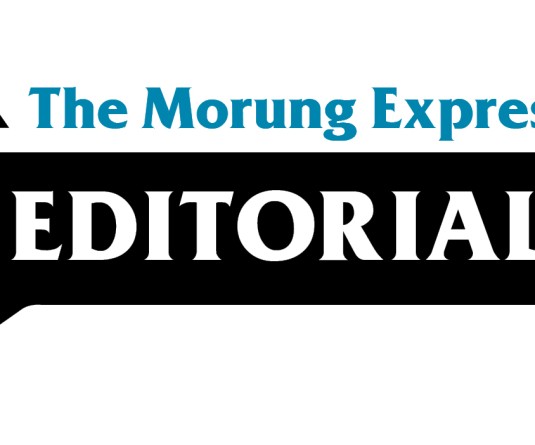
According to world wide survey done on population dynamics, by the year 2050, some 6 billion people representing two-thirds of humanity will be living in towns and cities. Quite clearly never before in history has the world witnessed such rapid urbanization nor has it witnessed such a swift rise in the absolute numbers of people migrating. The two phenomena—migration and urban growth—are strongly linked, mainly because the majority of people on the move do so for economic reasons. And when these movements towards the growth centers intensify, such towns and cities can also be places of great misery as is being witnessed even in places like Dimapur and Kohima.
Here, the foremost concern is the problem of infrastructure, which stems from the grossly excessive size of most of the urban areas beyond its holding capacity. This is leading to overcrowding, traffic congestion, lack of adequate housing, mushrooming of slums and settlements, lack of civic amenities with the resultant disease and squalor. On the environment front urbanization is taking a heavy toll (those frequenting NH-39 from Dimapur to Kohima will not miss it) with surrounding green belts slowly being devoured by concrete jungles and potentially fatal level of air, water and noise pollution. Further the psycho-social malignancies arising from the pressures of living in a veritable survival of the fittest scenario, further exacerbated by the loss of traditional social support systems, manifest today in the high crime rates, psychotic disorders and racial and social tensions.
Given that urban population in the State has gone up as per projections in official data, appropriate policy must be put in place for the long term so that there can be a balance between the economic rationale for growth and the environmental concern for sustainability. And since one key factor accentuating the rural-to-urban exodus is as a result of the non-availability of amenities and employment opportunities in rural centers, the government policy should focus on both ensuring that urban centers are well planned to absorb further growth while in the long run also encouraging other growth centers to develop and flourish.
One long term solution is on improvement of rural infrastructure such as piped water supply, schools, hospitals, electrical power supply, the neglect of which accentuates the urban exodus. As far as dealing with the problems in existing urban towns Municipal authorities have to keep pace with city growth both spatially or in terms of infrastructure management. Policy makers need to wake up or else the nuisance brought about by the process of urbanization will become insurmountable. For this, a holistic approach to urban and peripheral area planning with a long term perspective as well as greater stress on rural development which will obviate the need for people to migrate to urban areas. The Central government has allocated huge funds under various programmes including the urban infrastructure Development Scheme for Small & Medium Towns, which aims at improvement in urban infrastructure in towns and cities in a planned manner. For all this to materialize the State government and the concerned departments must also ensure that funds earmarked for the purpose is utilized properly.





